I share a one week healthy fitness meal plan for women who work out to meet their new years resolutions.
If you’ve ever stumbled upon Instagram, you have likely seen a plethora of fitness and nutrition posts by “fitness experts” or “gym junkies”. While some of the information provided is sound, a lot of it is also a lot of malarkey. Sports nutrition focuses on nutrition related to athletic performance and is deeply routed in scientific research. Done properly, sports nutrition can improve your athletic performance and help you reach your goals. Now, I’m no expert in sports nutrition, and most of you aren’t highly competitive athletes, but I do consider myself an active person and I do believe that adequate nutrition for the average gym goer is important. A common question I get is ” I exercise most days of the week, what should I eat pre and post-workouts?” While the answer can be quite complex, I journeyed into the research of sports nutrition to find it for you. As well, I spoke to a leading expert in sports nutrition, Ben Sit, RD, to give his take on sports nutrition for the average active female. Ben is a Sports Dietitian and is the owner, founder, and president of Evolved Sport and Nutrition.
Fitness Meal Plan Common Mistakes
When speaking with Ben, I was really interested in learning about common mistakes that the average gym goer makes. He stated that “The mistake an average gym goer makes would be not eating properly before a workout. So, you always want to make sure there is something with carbohydrate within an hour before working out. For example, I always recommend a serving of fruit one hour before the workout as part of your fitness meal plan. It depends on the type of workout, but typically that will keep their blood sugar levels fine.Translation: Eat before a workout to make sure your body has the quick energy it needs. An apple, banana, or an orange are examples of easy, on-the-go fruits that you can have on your way to the gym. This simple change can really start your workout on the right track!
Pre-workout vs. Post-workout Meals and Snacks on Your Fitness Meal Plan
This is where it gets a little complicated. For competitive athletes, this will depend on the person’s body type, their goals, and the sport they compete in. For the average person, generally speaking, you can base your meals on the type of workout you will be doing: cardio or strength training (weights).
For cardio, Ben suggests 1 serving of protein, 1 serving of carbohydrate, and 2-3 servings for vegetables for a post-workout meal. For strength training, he suggests 2 servings of protein, 1-2 servings of carbohydrate, and 1-2 servings of vegetables post-workout. This should be consumed within 2 hours of exercising and should be a meal, not a snack. The snack should be pre-workout.
The reason Ben suggests a meal afterwards in this fitness meal plan is two-fold. One, most people have trouble exercising on a full stomach, so leaving the meal until afterwards can help with digestion. Two, after a workout we need to refuel and rebuild our muscles, the carbohydrates and protein from a meal will help with muscle protein synthesis (build muscle).
An example of a post-workout meal would be spaghetti and meatballs with marinara sauce along with roasted vegetables on the side. I mean, you could also have a typical “body builder” meal of chicken breast, sweet potato, and broccoli, but don’t feel like you have to have the same food every day! The most important thing to follow is macros, which I go into in the next section.
Macros, macros, everywhere
Have you noticed that all anyone in the fitness industry talks about is macros? And what is a macro? Well, macro is short for macronutrient and it is quite simple. There are three macronutrients: carbohydrate, protein, and fat. Without going into a whole biochemistry lecture, here’s a simple breakdown of what each macronutrient is:
Carbohydrates
If you like bread (who doesn’t?), you like carbohydrates. There are two main types of carbohydrates, simple and complex. An example of a simple carbohydrate (also known as monosaccharides and disaccharides) would be fruit, because they contain small, naturally-occurring sugars such as fructose. These small sugars enter the blood stream quickly which provide the cells of your body with quick fuel. An example of a complex carbohydrate would be whole-grain pasta or brown rice. This is considered complex because it contains large-chained molecules called starches and fibre. Your body takes longer to break these down into smaller, more easily absorbed carbohydrates so they’re key on your fitness meal plan.
Protein
This is very popular right now and for a good reason. Protein is made up of amino acids, considered our body’s building blocks. Our body relies on protein not only for muscles, but for cellular reactions, building of tissues, and daily living. Our hair is made of protein! Now, the reason why protein is so important for sports performance is because of it’s role in muscle protein synthesis. Basically, when we exercise, we make tiny tears in our muscles (it’s a good thing) and our body uses protein to rebuild and grow the muscle. This is why after a while of working out certain muscle groups, they become larger. If you don’t get enough protein, you may notice muscle loss, weak hair and nails, and an overall feeling of lethargy. Examples of protein include chicken, beef, eggs, beans, lentils, nuts, seeds, and tofu- don’t skimp on this fitness meal plan.
Fat
This macronutrient has an undeservingly bad reputation. Also called lipids, fat is found throughout our body. It plays an important role in protecting organs, creating a protective coating around our spinal cord, and helps create hormones that actually control our appetite. So, yes, we need some fat in our life! However, it comes in a few different types that we need to be aware of: monounsaturated, polyunsaturated, saturated, and trans fat. The first two, monounsaturated and polyunsaturated (MUFAs and PUFAs), are good for our health. Saturated fat is still up for debate, but generally speaking, we should limit this as much as possible for the sake of our heart health. Trans fats are artificial fats that are in many processed foods and baked goods. In September 2018, trans fats will be banned in Canada as there is concrete evidence that consumption of trans fats can lead to an array of health problems, particularly heart disease. When you eat mainly MUFAs and PUFAs, you are providing your body with a highly concentrated form of energy as well as important nutrients that aid with brain and heart health. Examples of MUFAs and PUFAs are olive oil, avocado, nuts, seeds, and fish.
So how much should you be having? Well, this depends on whether it’s a cardio or weight training day. Ben states that “If you want to do weight lifting I would say like 30% protein post-workout, 45-50% carbohydrate, and whatever is left of fat. And it’s actually very, very similar when it comes to cardio with just a little bit more focus on carbohydrates. So, I would focus on 25% protein, a little bit more fat at around 25% and then 50% carbohydrate.”
Finally, protein should be distributed throughout the day as it has been a proven way to increase muscle protein synthesis. Ben recommends that snacks have about 10-15 grams of protein and meals have 20-35 grams of protein, the higher end being for those of larger size and typically male.
Although this can be a bit tricky. So, we’ve created a week’s fitness meal-plan to give you an idea of what this macronutrient distribution would look like as a meal! Another great tool to use is MyFitnessPal to get you started and give you an idea of how you’re currently doing. After you’re used to it, I suggest limiting your use and begin practicing intuitive eating since this is a more realistic, day practice.
Calories
I’m not a big fan of calorie counting, it is important to have an idea of how much food your body needs. While everyone is different and calorie needs are very individual, one of the main things that will determine how much you need is how active you are, Ben states. “The big determinant of that calorie intake is what they are doing when they are not working out. Because a hard, hard workout would only burn a maximum of 700-800 calories so then you look at what they are doing outside the workout. So, if they have an office job that they’re just sitting around, their calorie goals may be closer to 1500 calories per day But, for an athlete, it’s dependent on what kind of athlete they are, what kind of goals they have.” So, generally speaking, aim between 1500 calories and 2000 calories, with 2000 calories being on the high end on this fitness meal plan.
At the end of the day, listen to your body. If you’re hungry, eat. Hunger is your body telling you that it needs energy. When you give your body the fuel it needs, you’re more likely to see the results you’re looking for. When you restrict, your body doesn’t have enough to work with.
Protein Powders
Touted by many athletes, protein powder is commonly used as a post-workout drink. But is it worth investing in? Ben recommends protein powders to those who have difficulty tolerating food after a work-out: “Protein powders can be easily tolerated post-workout, because in post-workout situations, your appetite is actually suppressed. So, to make sure you’re getting the proper post-workout nutrition, that can be very, very difficult and involves you having to force food down your throat which a lot of people don’t want to do.”
His philosophy is getting proper nutrition at the right time and states “There are certain times and windows of opportunity that you need protein and carbohydrate after a workout. I’m one of the few dietitians to routinely go to protein powders because I know it works best and it’s easier to tolerate and is more realistic than asking someone to have a chicken breast within half an hour of finishing a workout, which doesn’t really happen. So, I actually stand by protein powders and it really depends on what kind of protein powder is tolerated for that person because not everyone tolerates the same protein powder. So, you need to find the right one for the person.”
So what kind of protein powders are there to add to your fitness meal plan? Well, the most commonly used and well-researched protein powder is whey isolate. Whey is a by-product of the cheese making process and is extremely high in protein and has a great amino acid profile. It is also utilized well by the body for muscle protein synthesis as evidenced by copious amounts of research. The only issue is this may not be suitable for a person avoiding animal products or that has trouble tolerating dairy proteins. In this case, Ben recommends trying egg or plant-based protein powders. Basically, it will be trial and error until you find one that works best for you in your fitness meal plan. Also, a little carb in the protein powder is generally a good thing.
If you are able to tolerate food shortly after a workout, then by all means eat a meal. The key is providing your body the fuel it needs after a strenuous workout.
Monday
Strength-Training Day
Breakfast
Peach Melba Crumble Overnight Oats (Abbey’s Kitchen)
461 calories
79 g carbohydrates
10 g fat
17 g protein
Lunch
Healthy Vegetarian Middle Eastern Hummus Quesadilla (2 servings) (Abbey’s Kitchen)
478 calories
49 g carbohydrates
20 g fat
30 g protein
Snack
High Protein Avocado Smash (Abbey’s Kitchen)
261 calories
27 g carbohydrates
9 g fat
20 g protein
Dinner
Gluten Free Chicken Ramen (Abbey’s Kitchen)
338 calories
34 g carbohydrates
8 g fat
36 g protein
| Total Daily Nutrition Breakdown | |
| With regular snack | With apple and protein shake |
| 1799 calories | 1748 calories |
| 216 g carbohydrates (48%) | 213 g carbohydrates (48.7%) |
| 59 g fat (29%) | 51 g fat (26.3%) |
| 112 g protein (25%) | 122 g protein (28%) |
Tuesday
Cardio Day
Breakfast
Southwestern Breakfast Burrito with Acorn Squash (Food Faith Fitness)
324 calories
39 g carbohydrates
12 g fat
21 g protein
Snack
Tropical Frozen Greek Yogurt (Abbey’s Kitchen) (recipe for one)
190 calories
25 g carbohydrates
4 g fat
15 g protein
Lunch
Artichoke and Pesto Healthy Grilled Cheese (Abbey’s Kitchen) and 10 baby carrots
309 calories
27 g carbohydrates
12 g fat
32 g protein
Snack
Apple Pie Vegan Protein Granola Cups (2 servings) (Abbey’s Kitchen) with 1 cup plain soy milk
276 calories
26 g carbohydrates
13 g fat
17 g protein
Dinner
Turkey Pumpkin Chili (Abbey’s Kitchen)
444 calories
46 g carbohydrates
16 g fat
28 g protein
Also includes 1 medium orange pre-workout
| Total Daily Nutrition Breakdown |
| 1612 calories |
| 181 g carbohydrates (45%) |
| 57 g fat (32%) |
| 113 g protein (28%) |
Wednesday
Strength-Training Day
Breakfast
Pistachio Tahini Protein Smoothie (Abbey’s Kitchen)
378 calories
47 g carbohydrates
13 g fat
20 g protein
Snack
Cashew Tuna Salad Bites (The Real Food RDs)
242 calories
14 g carbohydrates
13 g fat
20 g protein
Lunch
Mediterranean Almond Barley Salad (Abbey’s Kitchen)
315 calories
102 g carbohydrates
15 g fat
17 g protein
Snack
Tropical Baked Oatmeal Muffin Cups (Abbey’s Kitchen) (2 cups)
250 calories
30 g carbohydrates
10 g fat
8 g protein
Dinner
Ranch Buffalo Chicken Meatballs with Zucchini Noodles and Cauliflower Alfredo Sauce (Food Faith Fitness)
479 calories
30 g carbohydrates
14 g fat
39 g protein
 Plus 1 medium pear pre-workout & 16 oz protein shake (whey isolate) post-workout
| Total Daily Nutrition Breakdown |
| 1880 calories |
| 186 g carbohydrates (40%) |
| 66 g fat (30%) |
| 135 g protein (30%) |
| *percentages may not exactly equal 100% due to rounding |
Final Thoughts on this Fitness Meal Plan
The guidelines provided here are very general and are a good starting point for most people. However, as your physical activity increases and your body becomes better accustomed to your diet, changes will need to be made. In this case, it is best to visit a Registered Dietitian/Sports Dietitian who can provide you with specific, personalized sports nutrition information and a tailored fitness meal plan. Click here to find out if there is an Evolved Sport Nutrition in your area!
The fitness meal plan below can be reorganized to meet your needs. For example, if you would prefer to have a snack in the evening rather than the afternoon, that’s fine! Or, you can replace snacks with a fruit before a workout. It will take time to know what really works for you, but it sure will be an exciting, worth-while adventure!
Want to see what’s on the fitness meal plan for the rest of the week?
We’re saving it as a thank you to our loyal followers. Simply:
- Subscribe to my blog (see the box at the top?)
2. Subscribe on Youtube
3. Like on Facebook
4. Follow on Instagram
Once you have completed all four I will send the rest of the fitness meal plan over to you STAT!
Contribution By:
#RD2B Katey Davidson
Updated on October 4th, 2021

Abbey Sharp is a Registered Dietitian (RD), regulated by the Ontario College of Dietitians. She is a mom, YouTuber, Blogger, award winning cookbook author, media coach specializing in food and nutrition influencers, and a frequent contributor to national publications like Healthline and on national broadcast TV shows.
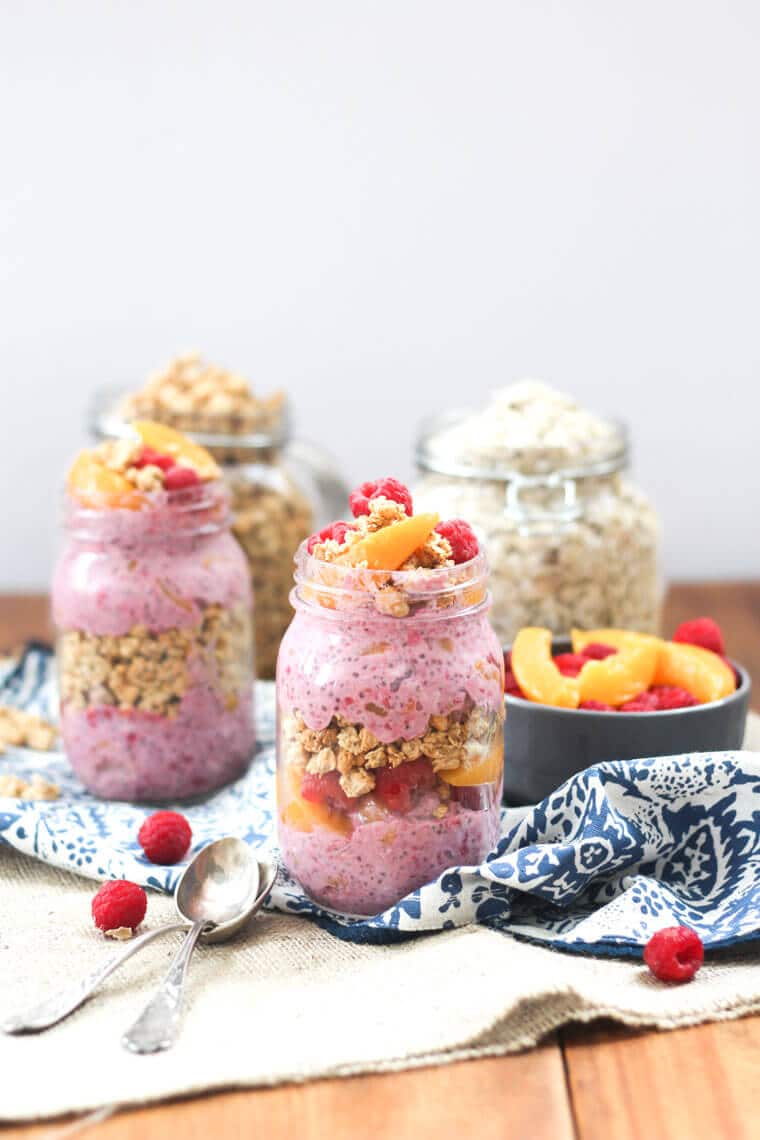
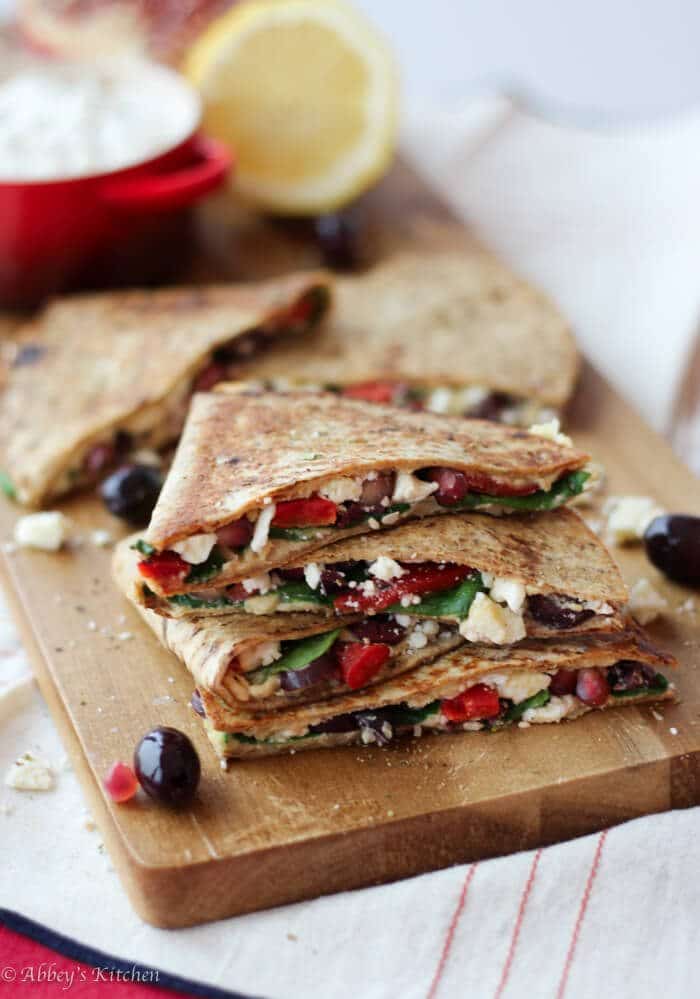
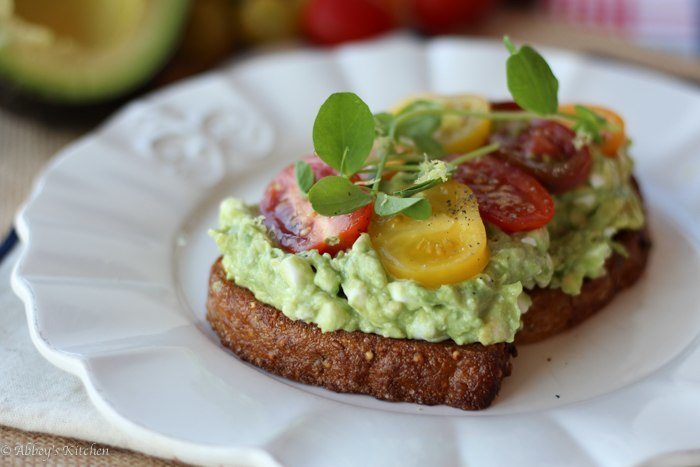
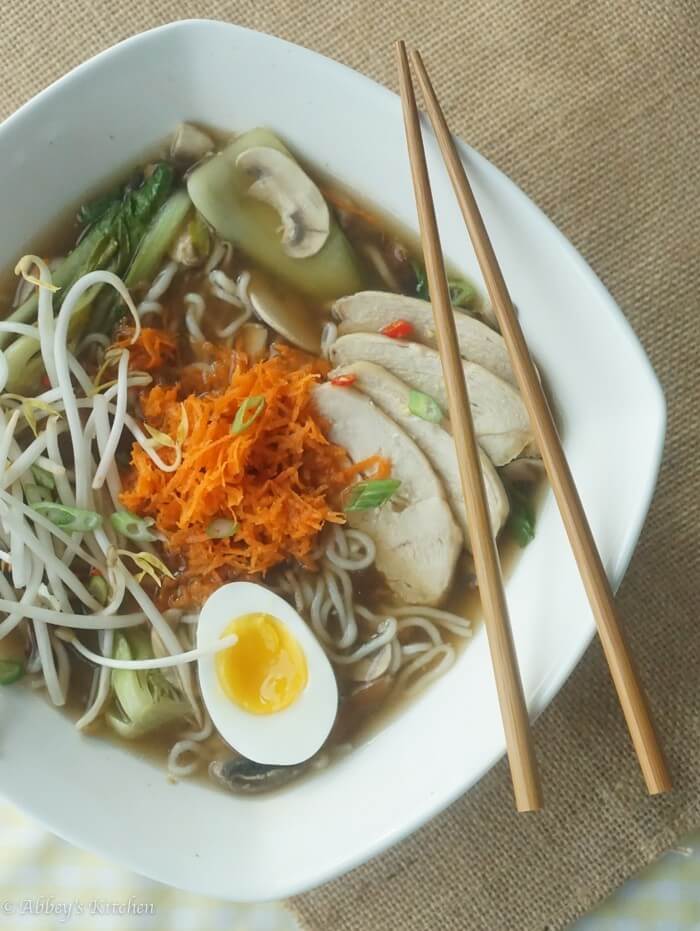
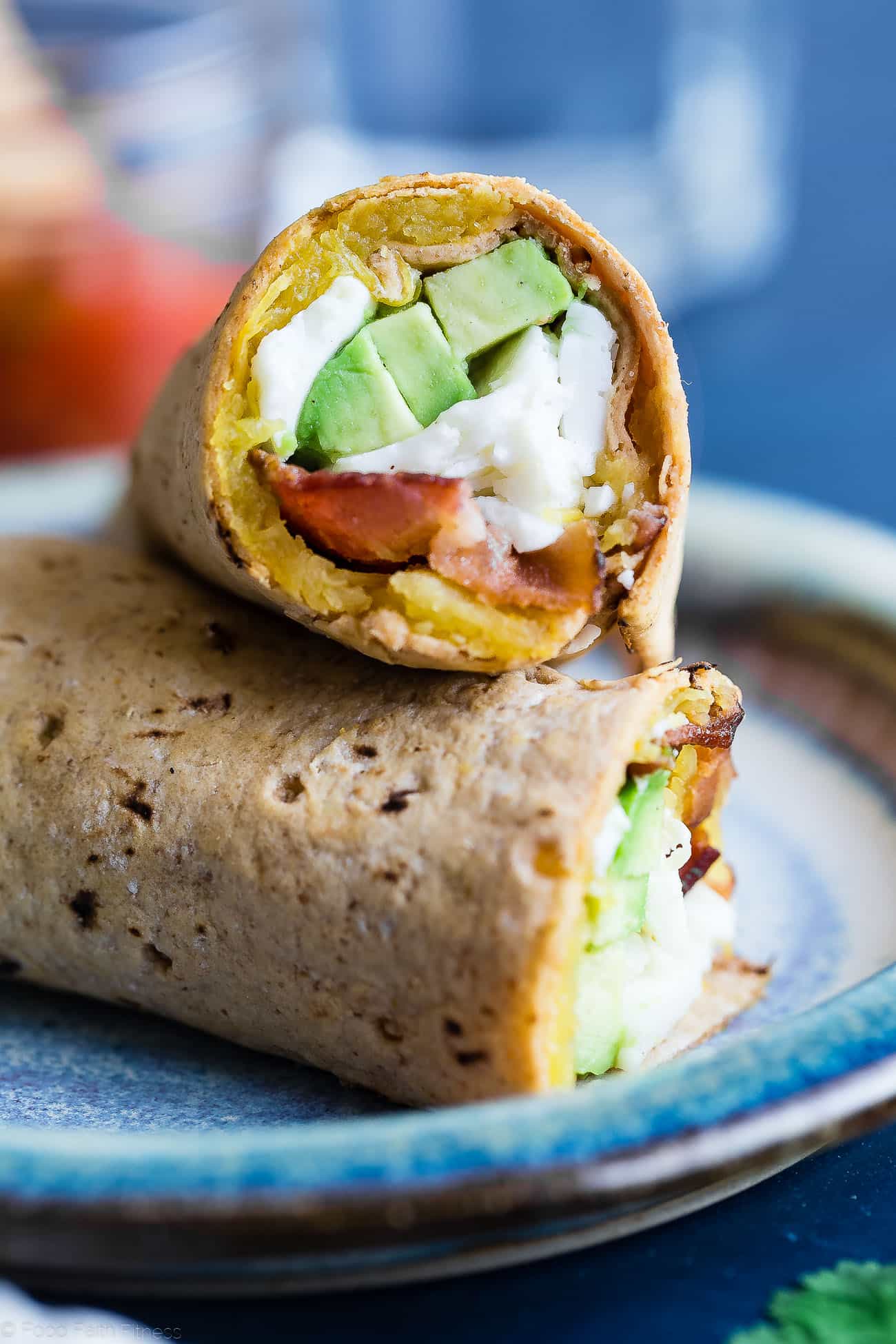
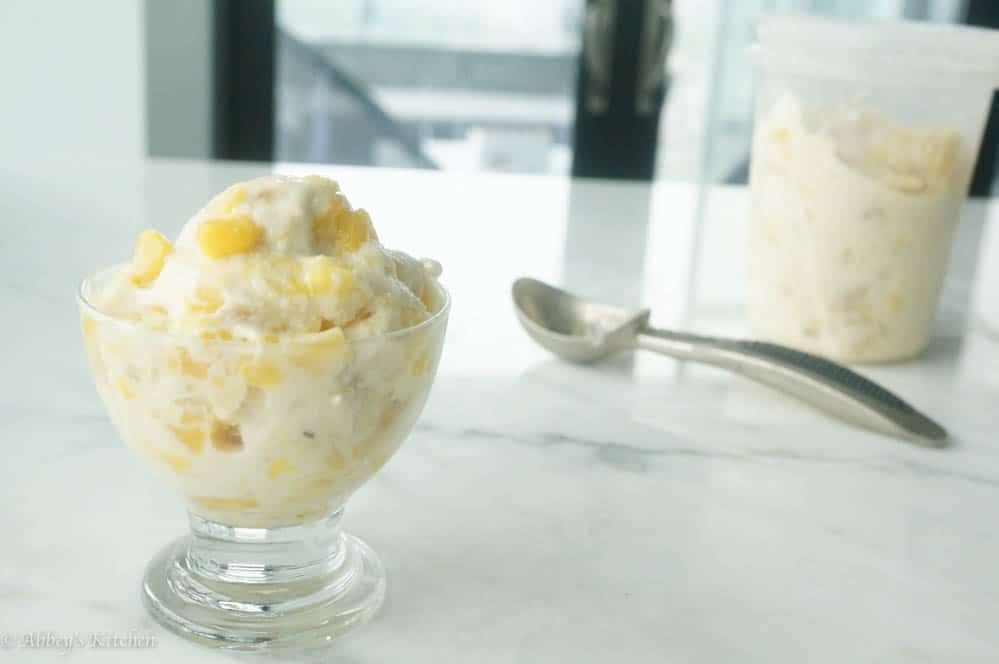
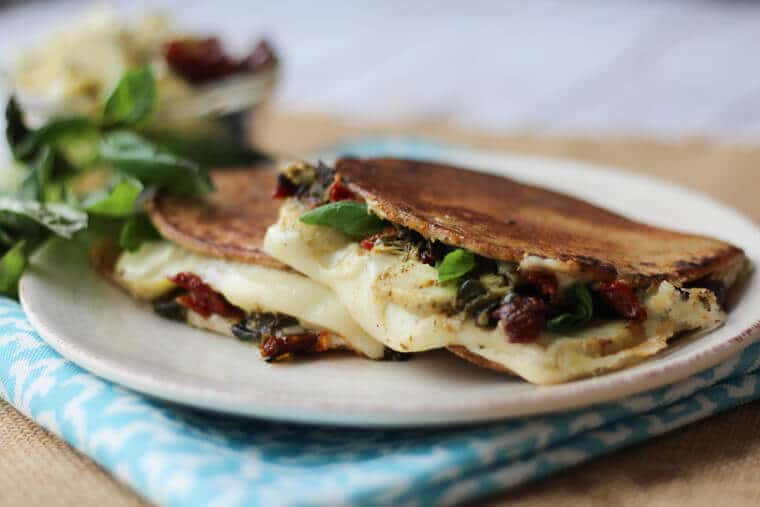
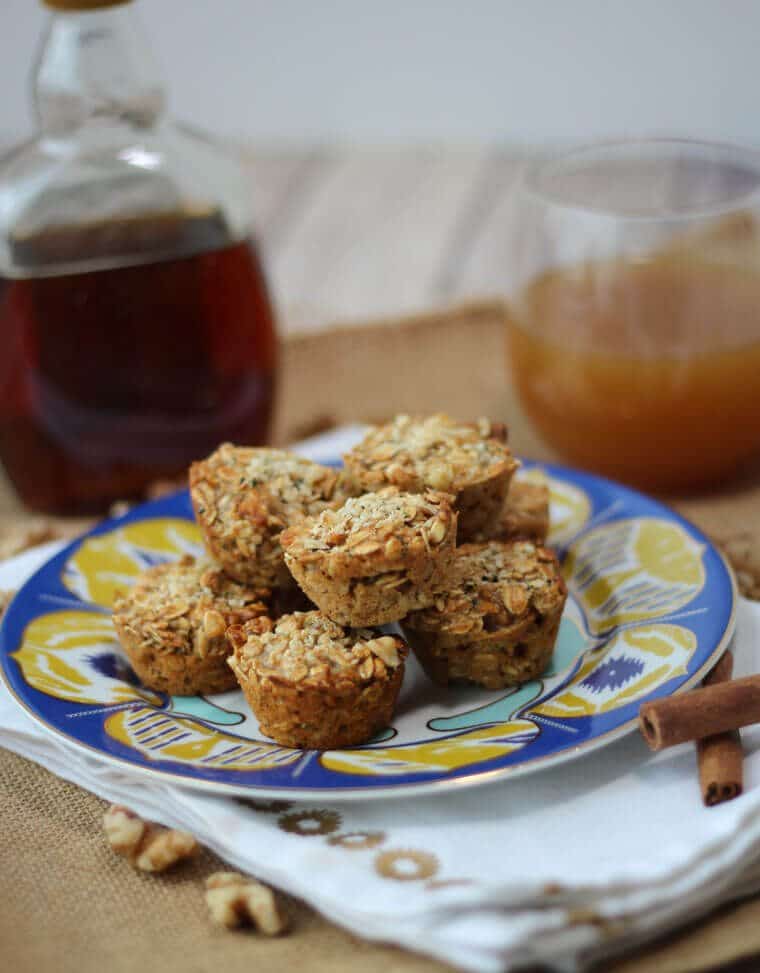
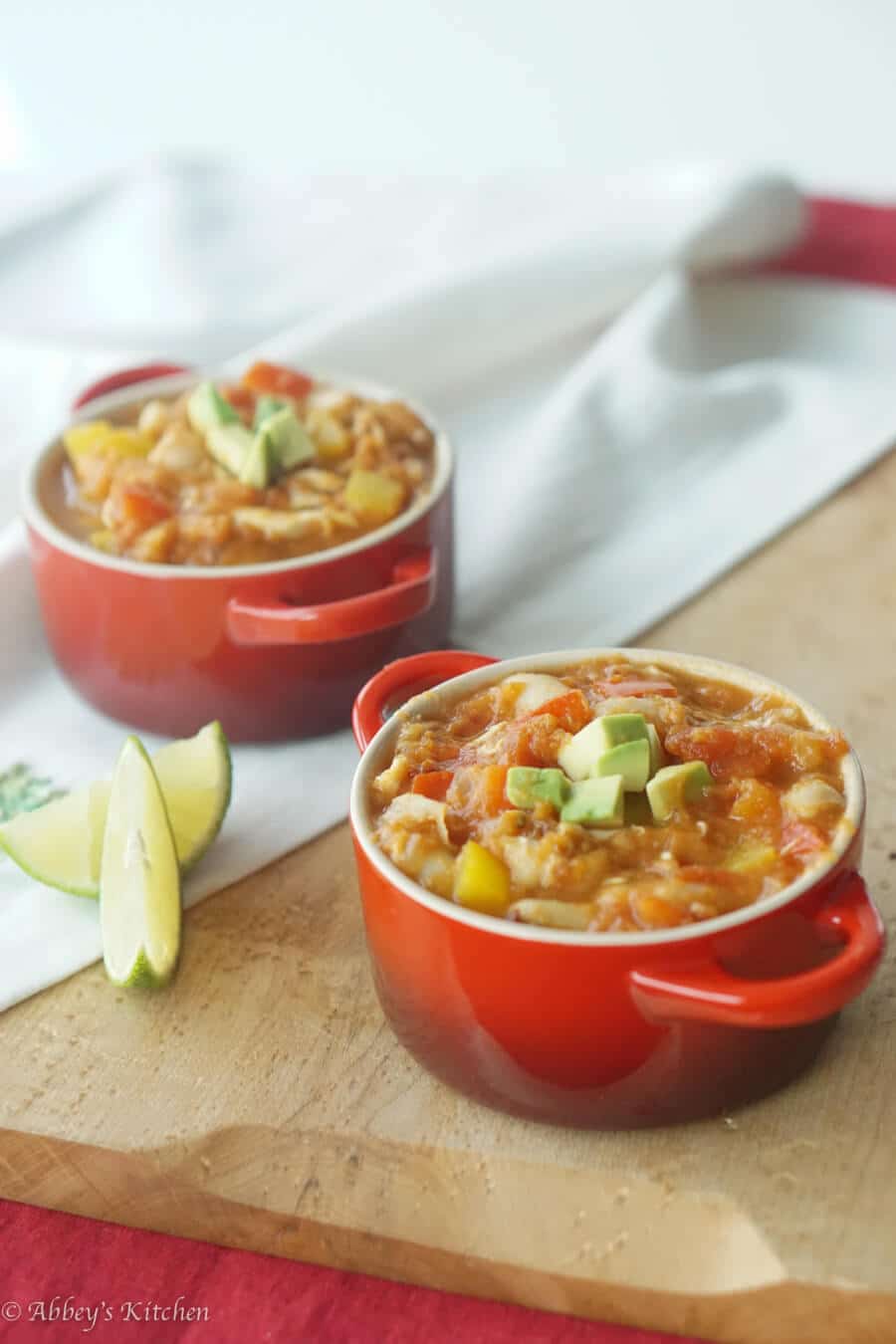
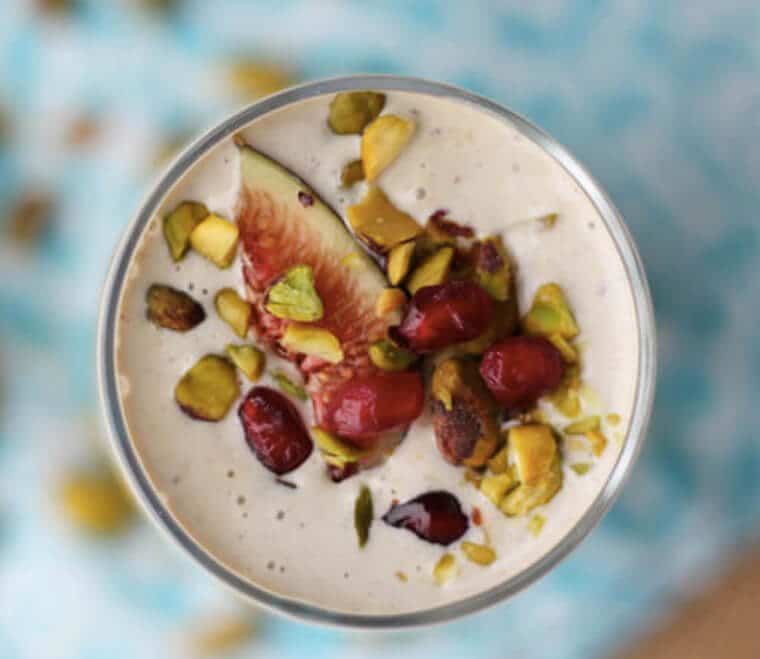
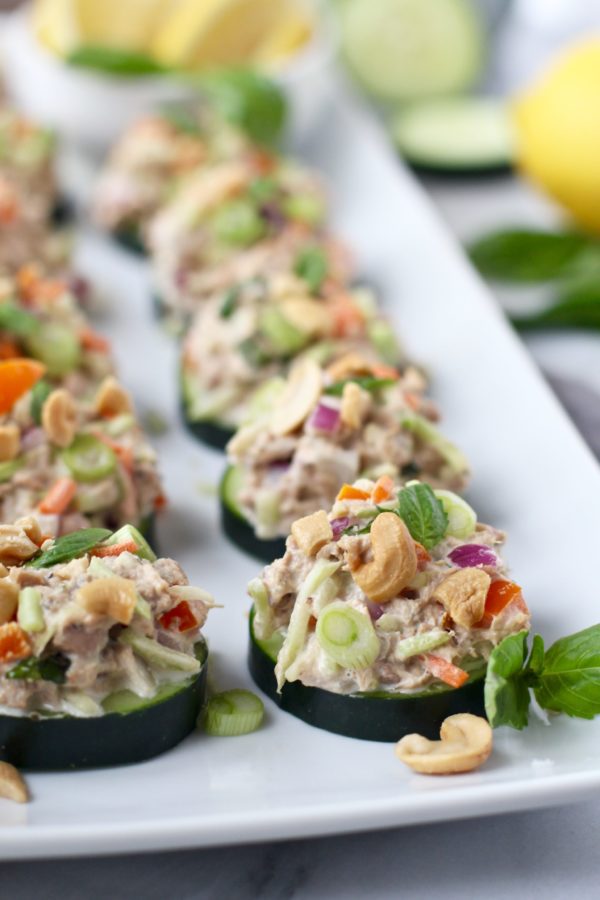
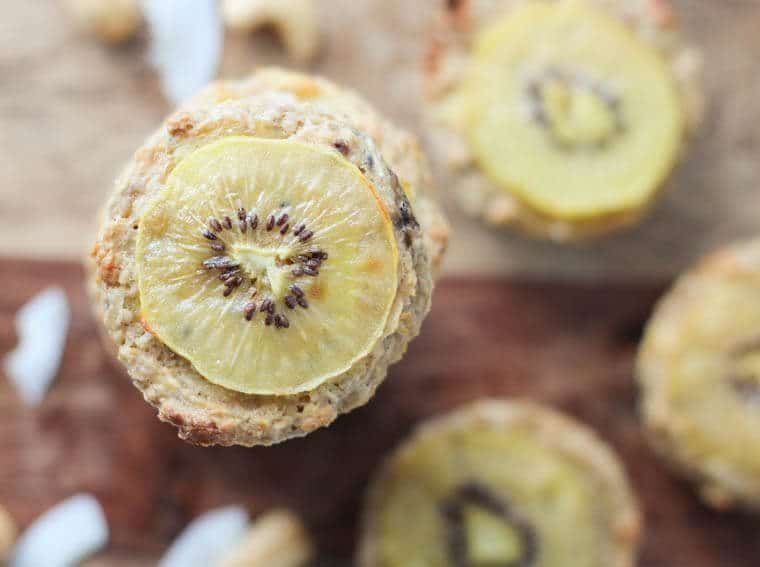
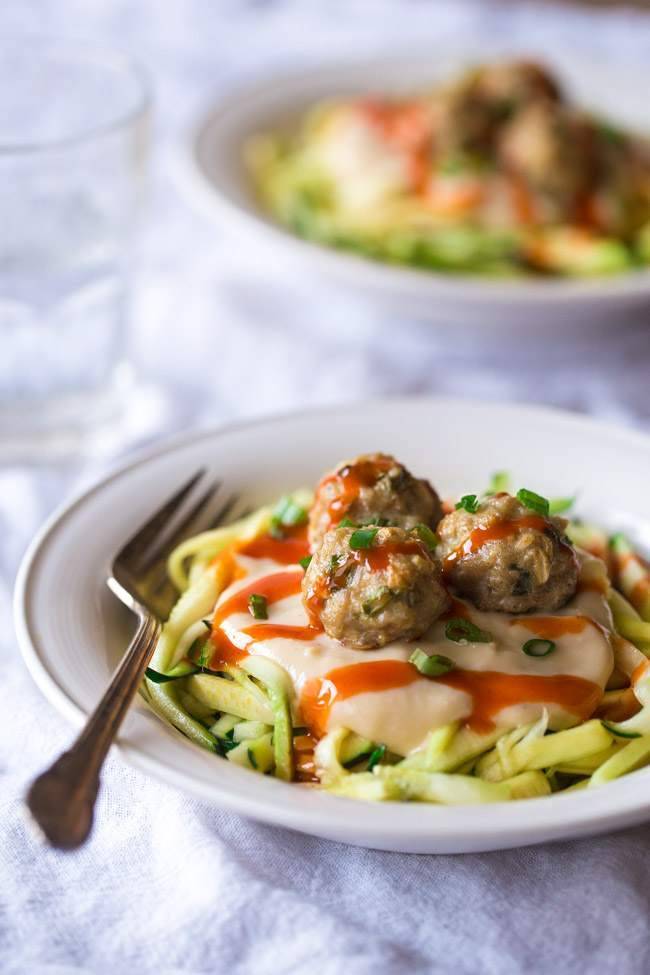
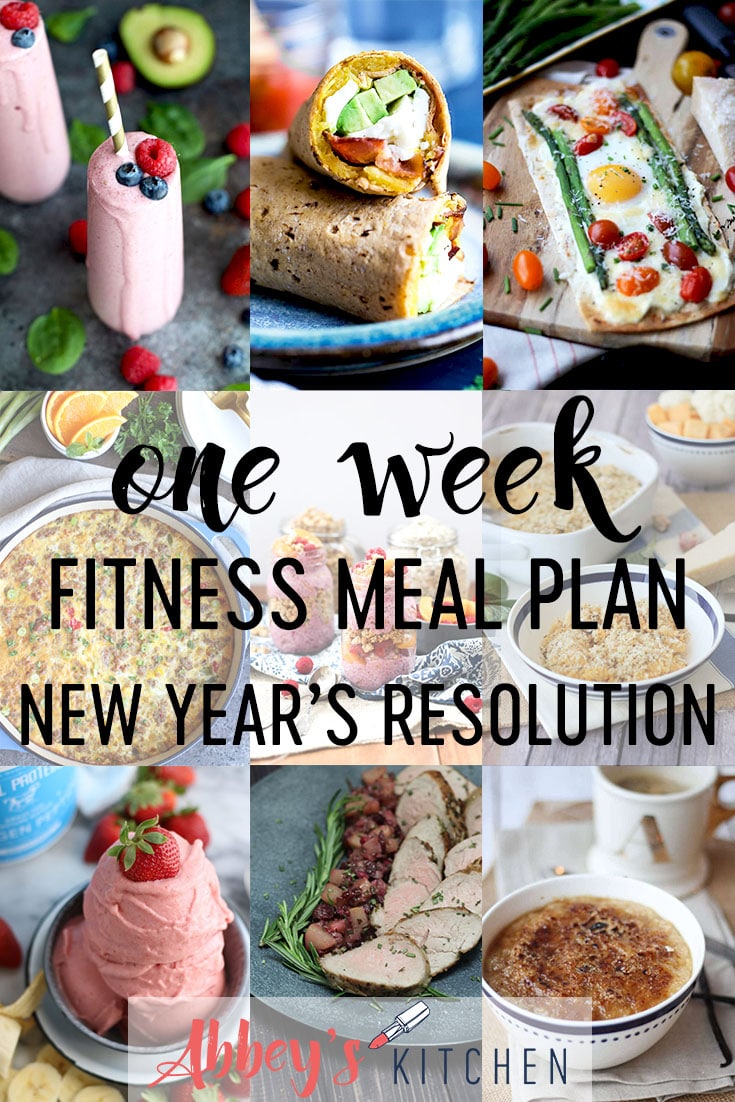
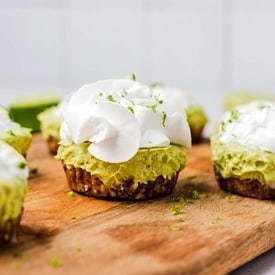


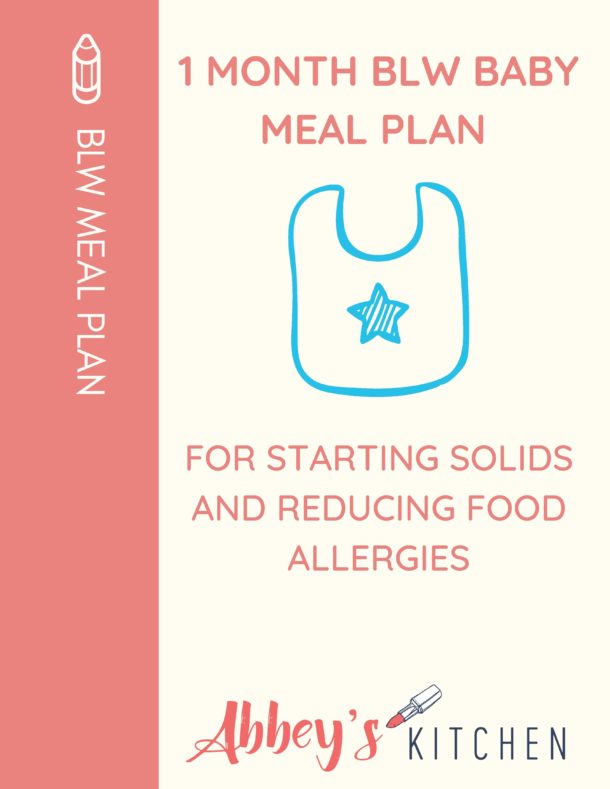
Ivan Majhen says
Thank you so much for this such an educational and useful post!
Abbey Sharp says
you’re welcome
Kylie says
I have done all the steps but cannot access the meal plan. Is it still available?
Abbey Sharp says
sorry youve had trouble! can you email me abbey@abbeyskitchen.com and let me know what kind of device youre on.
Element Sarms says
Really helpful article. I liked it has to work for you to be effective. Thanks for sharing.
Abbey Sharp says
Great!
jill conyers says
It all looks delicious. Especially the hummus quesadilla.
Abbey Sharp says
thanks love! It’s so delicious 🙂
dixya @food, pleasure, and health says
i love how comprehensive this post is. thank you for sharing!
Abbey Sharp says
thanks love!
Jessica Levinson says
Lots of great information from Ben! This fitness meal plan looks delicious!
Abbey Sharp says
Totally, he’s the best.
Deborah Brooks says
I am doing the macro thing right now too and sometimes it is hard as a vegetarian. Thanks for some new inspiration
Rachel says
Those peach overnight oats look delish!
Abbey Sharp says
Thanks love! They’re super delish